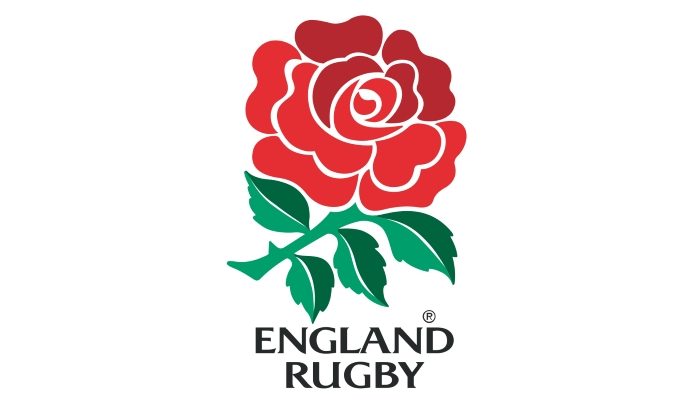Professional Rugby Injury Report for 2015-16 season published
The Professional Rugby Injury Surveillance Project (PRISP) report for the 2015-16 season has been published [click here].
The project is the most comprehensive and longest-running injury surveillance study in professional rugby and has monitored the injury risk of Premiership Rugby players in Premiership Rugby, European and national competition as well as training for the last 13 seasons.
The key findings from the 2015-16 season include:
- The incidence of match injuries in the Premiership was lower in 2015-16 than reported in any previous season. Data collection during the 2016-17 season will help clarify whether this is the start of a trend towards a lower overall injury incidence or an atypical year.
- The average time taken to return to play following a match injury in the 2015-16 season was 29 days, which falls within the expected limits of variation.
- Concussion for the fifth consecutive season was the most commonly reported Premiership Rugby match injury constituting appropriately 25% of all match injuries. It is the consensus view that the continued focus on improving concussion awareness and promoting behavioural change, the formal independent post-match video review of all head injury events as well as a more inclusive and specific identification criteria within the Head Injury Assessment (HIA) process have all contributed to this continued rise in concussion incidents.
- The mean severity of reported match concussions was 13 days. Compliance with mandatory return to play protocols after concussion were fully adhered to.
- The risk of all other (non-concussion) match contact injuries in the Premiership has not increased, suggesting that changes to the nature of the professional game are unlikely to be factors underpinning this increase in concussion incidence. Concussion prevention remains a priority for the game at all levels.
- 45% of all match injuries were sustained in the tackle. Concussion now comprises 20% of all injuries to the ball carrier and 47% of all injuries to the tackler
- The profile of the five most common and highest-risk match injuries has remained similar throughout the study period with the exception of a concussion. As a result of its significant increase in incidence, a concussion is now both the most common and highest risk match injury.
- The incidence of training injuries fell for the second consecutive season, but the average severity remained high at 30 days. The overall risk of training injury decreased for the third consecutive year, as a consequence of the fall in incidence. 40% of all injuries were sustained during training.
- There were again no clear differences in the incidence, severity or overall injury burden of time-loss injuries between matches played on artificial turf and natural grass.
- 10 players retired as a result of injury and one retired as a result of illness last season.
- There has been an increase in the incidence of match injuries in the England Senior side last season compared to the previous season. With a greater number of games played in a World Cup year, more match injuries were reported but the average severity of match injuries decreased. With this increased incidence but decreased average severity, the overall risk of match injury was seen to remain relatively stable.
The PRISP report also provides an update on key research projects around concussion prevention, artificial turf injury risk and how best to manage athletes on artificial turf, training load and injury risk and the utility of the King-Devick assessment in identifying concussed players.
Simon Kemp, RFU Chief Medical Officer said: “This is an important study that helps us understand injury trends in the professional game in England. Since this surveillance project began in 2002 the injury rate has remained relatively stable however last season has shown a decline in match injuries; lower than any other season. We need to be cautious about interpreting the data in a Rugby World Cup year that led to a change in the domestic season structure. We certainly can’t now say that the professional game is safer from these single-season results and we need to continue to monitor injury risk to clarify if this is a trend or not.
“The continued rise in the number of reported concussions in the professional game continues to be an area of priority focus for everyone involved in the game. Medical staff are all working extremely hard to ensure that we are identifying and managing this complex injury well. We all want players who are subsequently diagnosed with a concussion to be removed from the field of play at the time of injury and recognise that this approach is likely to see an increase in the number of reported concussions. While we continue to ‘recognise and remove’, our focus must now be on concussion prevention.
“We know that the tackle is where the overwhelming majority of concussions occur and welcome the recent initiatives around zero tolerance to contact with the head from World Rugby. We anticipate that these initiatives are most likely to reduce the risk to the ball carrier. Two-thirds of all concussions are sustained by the tackler; 47% of all injuries to the tackles are now concussions and developing interventions to reduce the risk to the tackler must now be the priority.”
Corin Palmer, Head of Rugby Operations at Premiership Rugby said: “Player welfare is Premiership Rugby’s number one priority and the Professional Rugby Injury Surveillance Project continues to provide important information which allows us alongside our 12 clubs to establish and maintain world-class standards when treating any player who has been injured in any way.
“The focus on concussion from everyone in the game shows the cultural change resulting from Premiership Rugby’s work with the RFU and the RPA to increase awareness and education about the seriousness of concussion has come into effect in every area of the professional game. This is reflected in the increase in reported concussions and the excellent compliance with the concussion return to play guidelines from all of our clubs.
“Premiership Rugby and the 12 Premiership Rugby clubs are committed to continuing to work with the RFU and the RPA to ensure that we are at the forefront of research into the best tools to recognise concussion and to protect our players.”
Richard Bryan the Rugby Director for the Rugby Players’ Association added: “Rugby has a duty of care to its players to ensure that they compete in an environment where their welfare is placed before any other considerations. As such, monitoring both the severity and frequency of injuries sustained in training and during matches is of vital importance. Clearly, the rise in reported concussions continues to be a top priority for all stakeholders to address, although this does also indicate that education on the issue is having an effect.
“While the overall incidence of injury is lower than that reported in any previous season, single-season results need to be treated with caution, particularly given injury severity remained high. Our members accept that injury is an inevitable part of the game, however, they also expect appropriate welfare provisions to be in place for them and the game must continue to focus on mitigating risk through research, education and the appropriate management of injuries.”
The project was first commissioned in 2002 and remains driven towards the improvement of player welfare in professional rugby. As well as presenting its findings from last season it compares them with the previous 12 seasons to provide the baseline data needed to assess trends in injuries.
Related Posts
« England Women name Six Nations squad Cotter names 37-man Scotland squad for 2017 RBS 6 Nations »

















